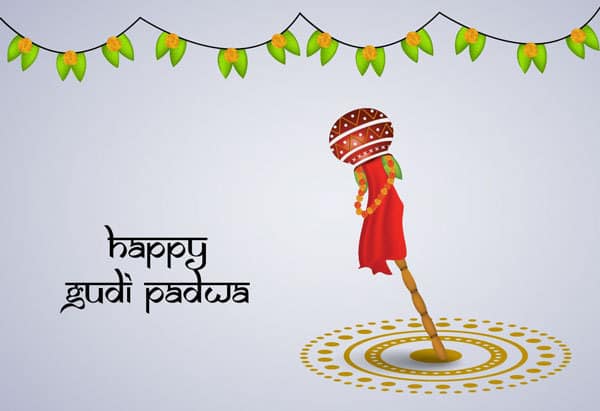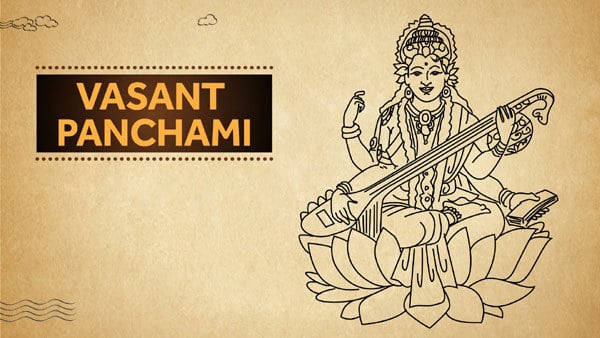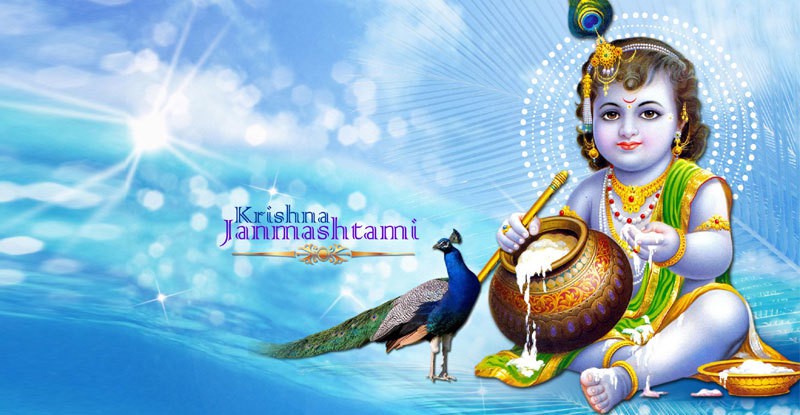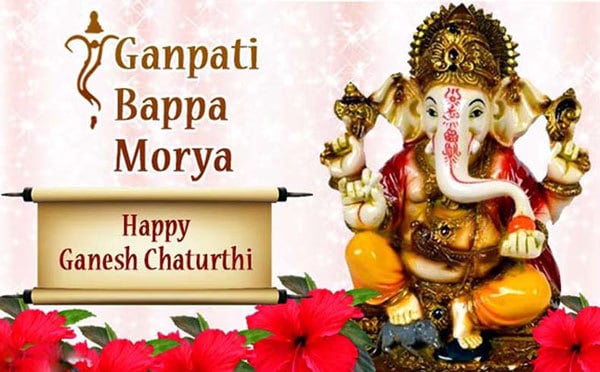Gudi Padwa 2018 Date: Significance, Puja Shubh Muhurat Time & Vidhi To Celebrate Gudi Padwa
The ‘Parv’ of Gudi Padwa is regarded as the most promising day of the whole Marathi year. People who are in Maharashtra try to begin their important tasks, investments or ventures just from this day the day also is the harbinger of the Season, Spring. Farmers, on the other hand, plough their ground on this day, as it is their belief that this will convey a good production in an upcoming year.
Gudi Padwa is mainly the occasion of fun and joy. Such a colorful festival fills the mind of people with love and joy. Intensifying the bond of relationships, Gudi Padwa is all about accelerating the delights of life. A Gudi is also raised on this event giving this festival its apt name.

Importance of celebrating Gudi Padwa
Gudi Padwa initiates the beginning of Chaitra Month that also is the beginning of the New Year. Gudi Padwa, one of the most renowned festivals of harvesting marks the ending of one Year according to Hindu lunisolar calendar. India follows the practice of agrarian civilizations where farming is the main occupation of the individuals. The season for ushering the new. Hindu Mythology also mentions the day the holy day when Ravana was defeated by Lord Rama regenerating happiness to Ajodhya.
This is the tradition to make Maharashtrian food on this day consisting of Puri, Shrikhand, and Puran Poli. Kanangachi Kheer is one kind of a sweet dish made by the Konkanis during the festival. The dish is made from sweet potato, jaggary coconut milk, and rice. Buying gold or a new vehicle or any new thing is considered to bring wealth if done on this day.
The method and some vital puja materials:
- The people place a Gudhi in the right corner of their residence. Made with a bamboo casing on a copper pot and brocade, it must be wrapped with a piece of cloth (Yellow, Saffron or Green). At the top sugar crystals, twigs of mango leave, neem leaves are kept with a wreath of flowers.
- Kalash is actually a water pot. That signifies the completeness
- The colors of cloth also signify different meaning. Red stands for Sato Guna. It represents Agni the fire god; the saffron eludes all the characteristics of Surya, who is the Lord of Light. Green symbolizes life. As Lord Brahma had formed the earth on this day, the branch of mango leaves is presented to him to represent immortality.
- Red flowers that represent fervor against the negative elements are mostly used on this day.
- You have to take a bamboo stick in medium length at first to make a guide at your home., Attach a bright yellow or green cloth with a golden border at the end part of the of the stick.
- Bind some neem and mango leaves around the cloth.
- Attach a garland of flowers along with the crystals of sugar at the very top of the stick. Now place this Gudi at the right corner of your home entrance.
- You should host it considering it as a banner of Brahma. Now, pray to Lord Brahma and Vishnu for the blessings.
Gudi Padwa: Pooja Vidhi
The ritual begins with an oil bath chasing the prayers in the morning. Oil bath and Neem leaves are a custom which is also suggested by scriptures. After having the oil bath, you have to make a simple Rangoli at the entrance of your house. In front of the puja place, a swastika sign should be made with Haldi- Kumkumand Rangoli.
The entire arrangement of Gaudi hoisting is performed outside each family, normally to the right corner of the threshold. The whole performance should be visible to everyone. Villages and all neighborhoods come jointly hosting a community known as Gudhi Kavad, which they carry collectively to the neighboring Shiva temple.
The festival of Gudi Padwa marks the Marathi New Year. It represents the triumph of King Shalivahanaover Sakaswho was raised by his followers when he was back to ‘Paithan’.
Historically, the Gudhi signifies the victory of Lord Rama and the celebration also ensures the happiness among the followers of the king on returning to Ajodhya defeating Ravana. Since the festival implies a sign of victory so the flag is held high always.
Gudhi is believed to protect against evil, attracts prosperity and good luck in all the families.
Gaudi Padwa: Muhurat, Time and Date
In 2018, this great festival of Gaudi Padwa will start on 28thMarch at 8.26am in the morning and will remain till 5:44 pm on 29thMarch. The timings of the Amavasya, according to the calendar and will end at 8:27 am in the morning. It is very remarkable to mention that the Padwa days will start on 18thMarch 2018.
Pratipada Tithi will begin at21:11 pm on 17th March 2018 and Pratipada Tithi will endat21:01 pm on 17th March 2018.


